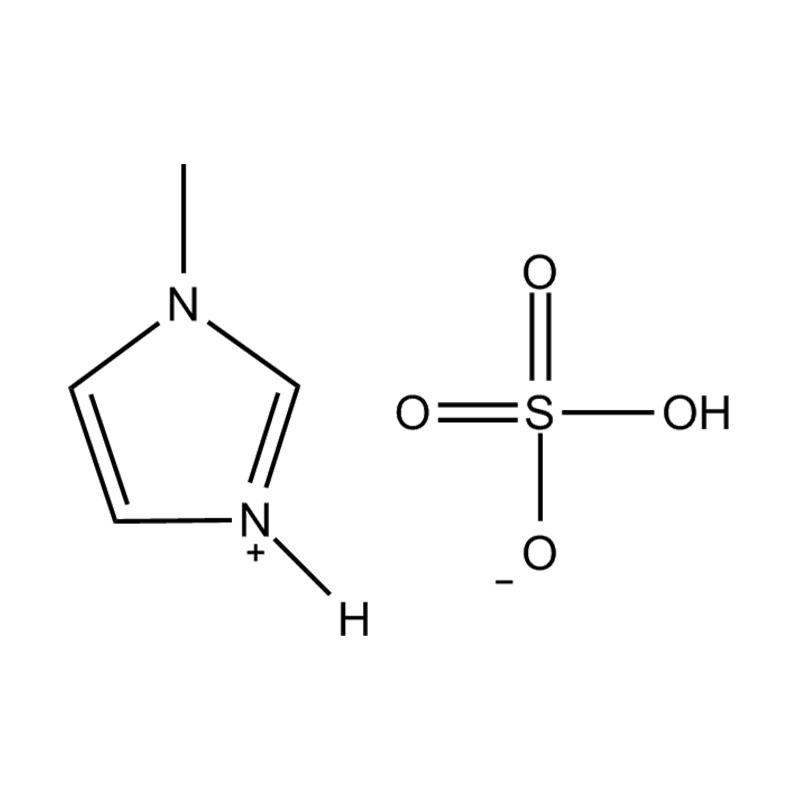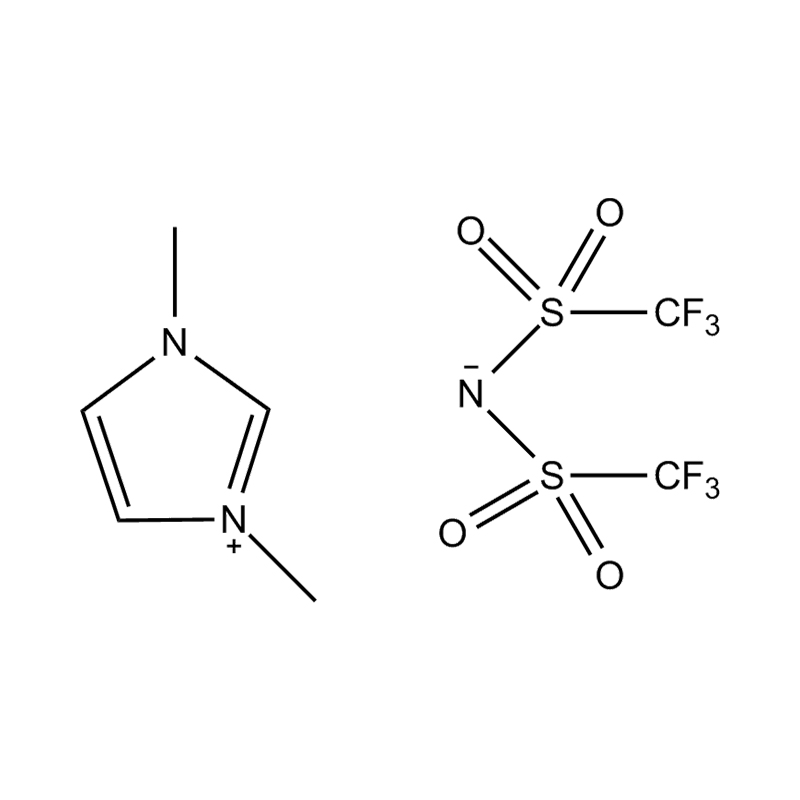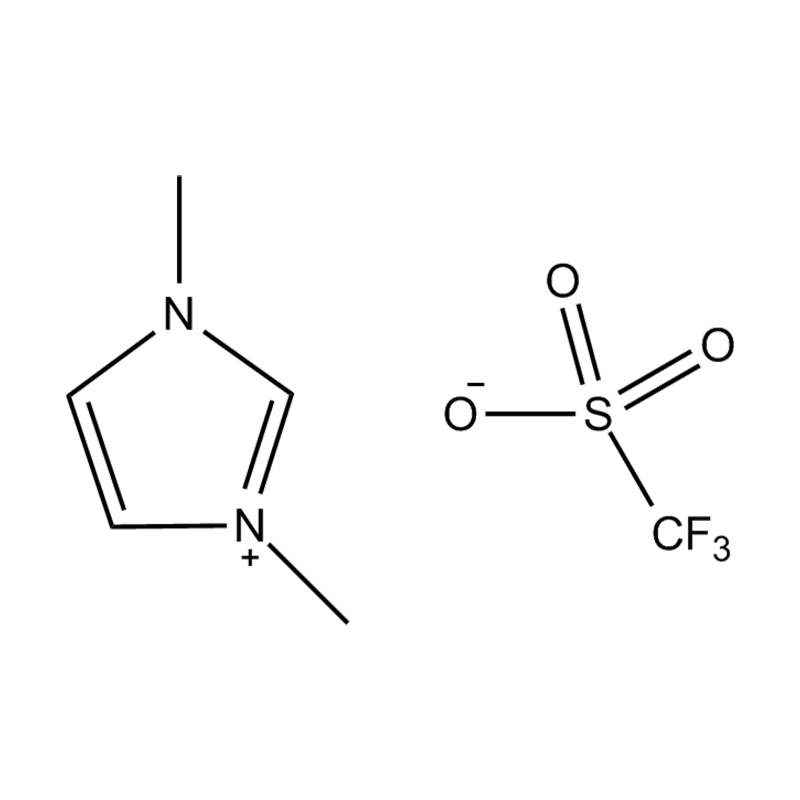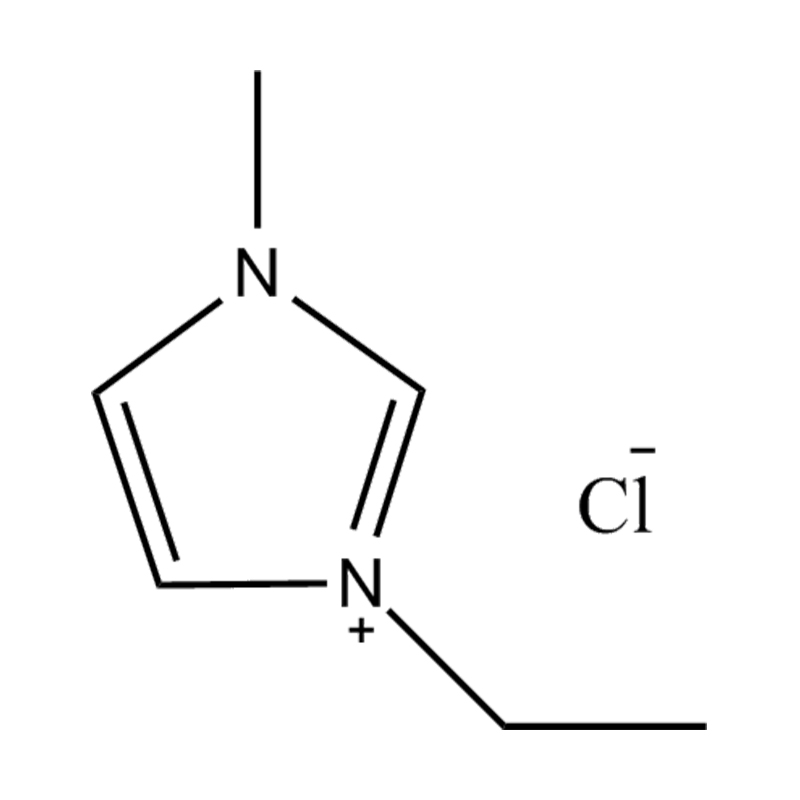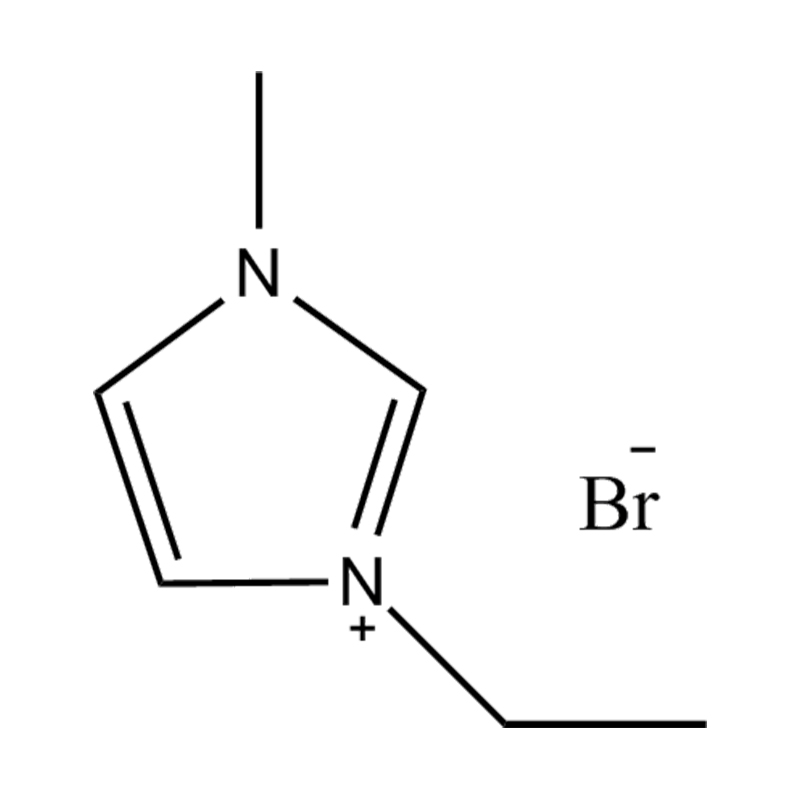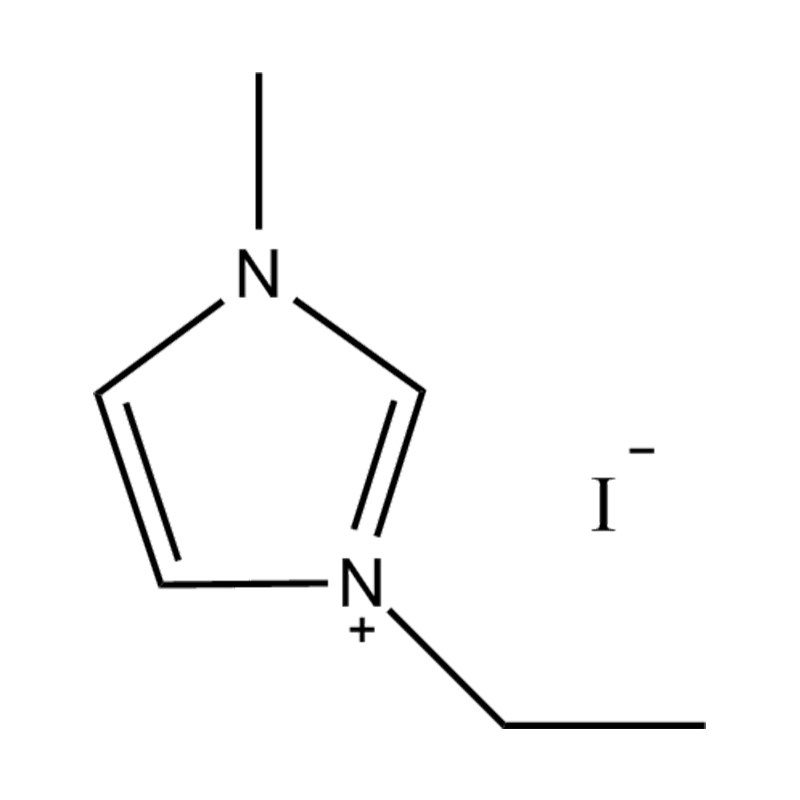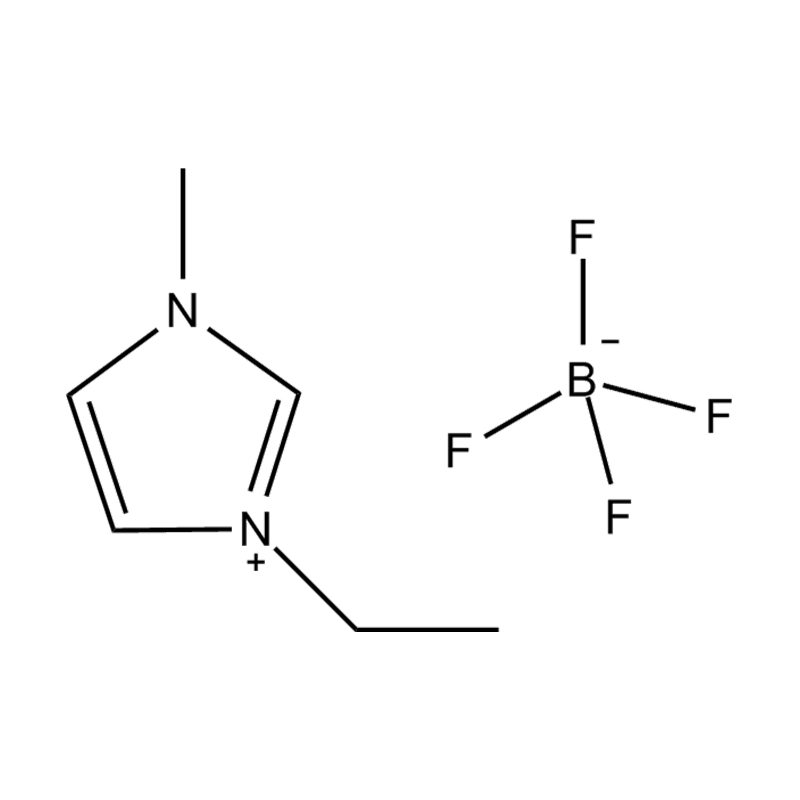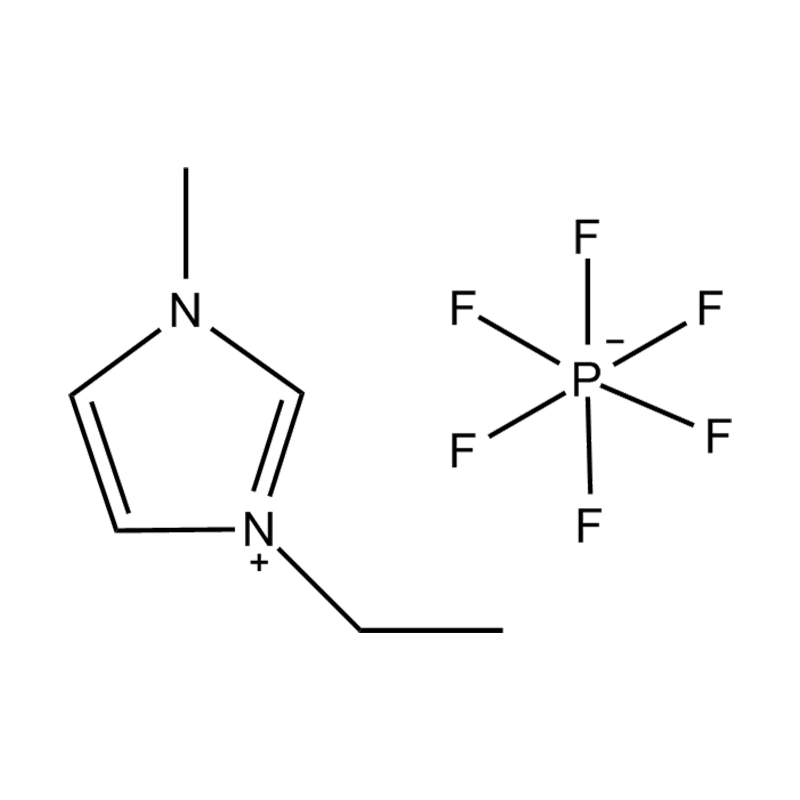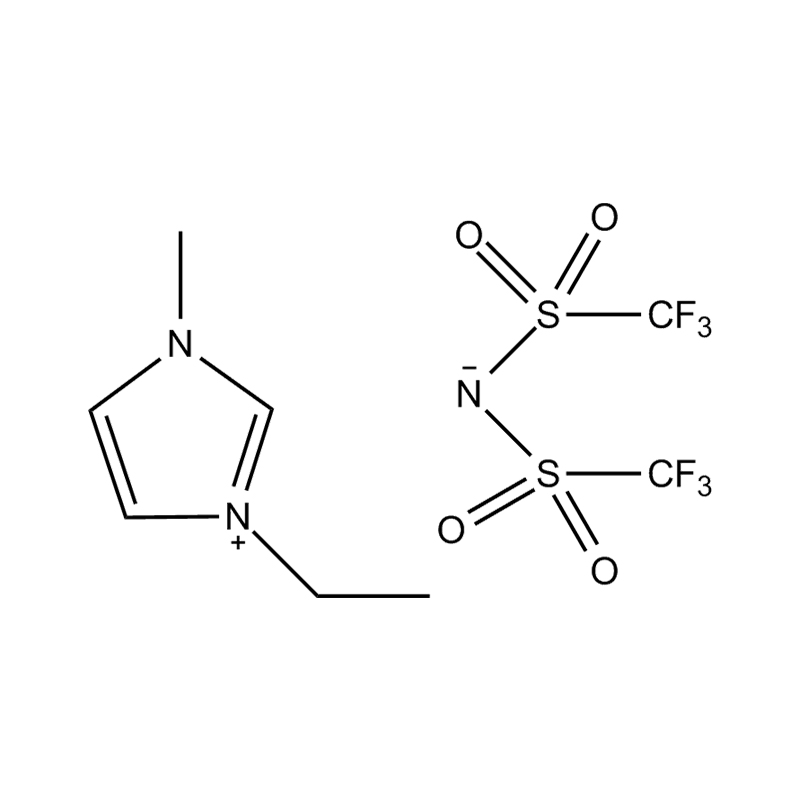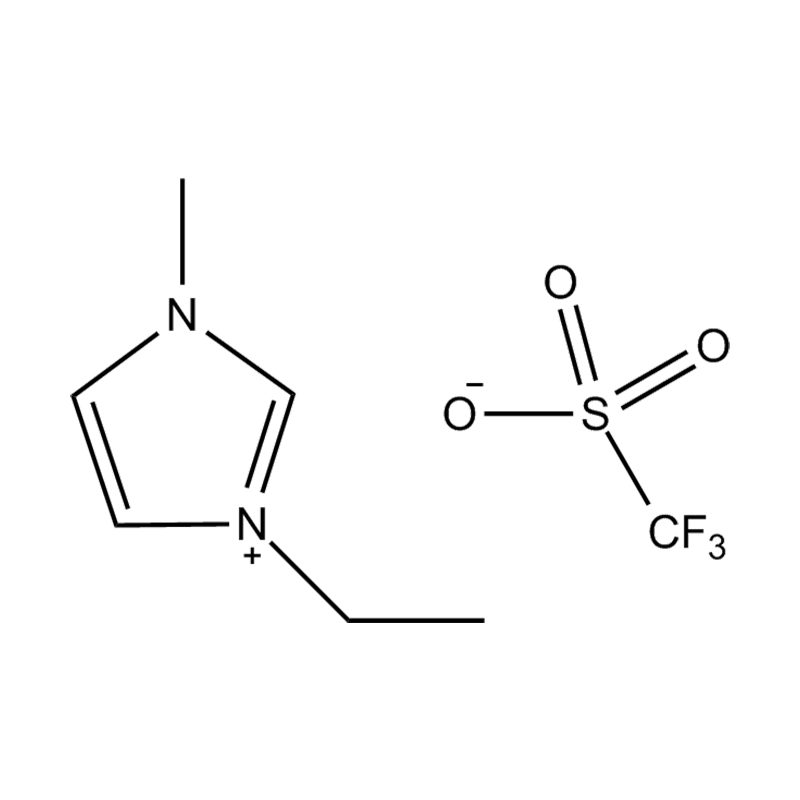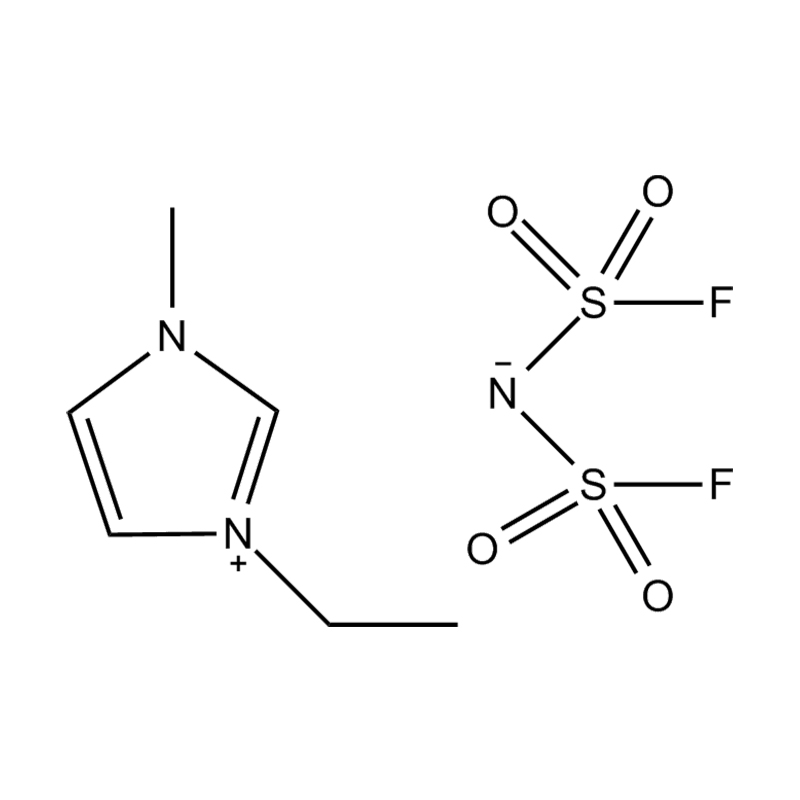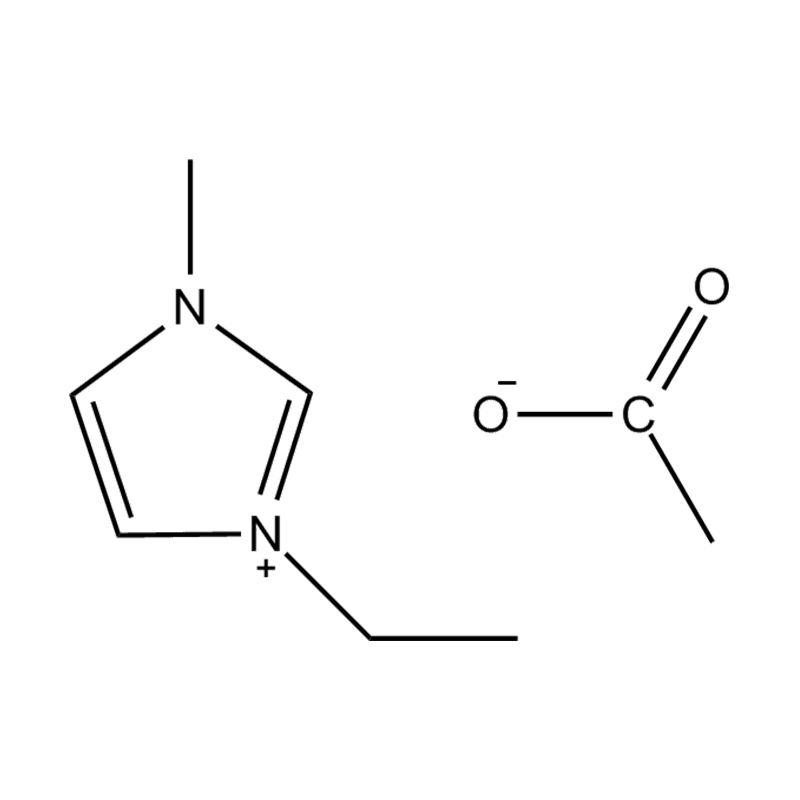As environmental concerns surrounding plastic pollution continue to rise, attention has turned to the recycling and degradation of polyethylene terephthalate (PET), one of the most widely used plastics globally. Found in water bottles, food containers, textile fibers, and packaging materials, PET is known for its durability — a characteristic that makes it both useful and problematic when it comes to disposal. This is where PET degradation catalysts come into play.
Understanding PET and Its Degradation Challenges
Polyethylene terephthalate (PET) is a thermoplastic polymer made from the polymerization of ethylene glycol and terephthalic acid. Its excellent mechanical and chemical properties make it ideal for manufacturing durable consumer products. However, PET's chemical stability also means it is resistant to natural degradation processes, often persisting in landfills and oceans for centuries.
Traditional PET recycling methods — such as mechanical recycling — involve melting and reshaping the plastic, but these can degrade material properties over time and often require extremely clean input materials. Chemical recycling offers a way to break PET back down into its original monomers, which can then be repolymerized into new PET, preserving quality. But this process typically requires high temperatures and pressures, making it energy-intensive.
What is a PET Degradation Catalyst?
A PET degradation catalyst is a chemical substance or compound that accelerates the breakdown of PET polymer chains into smaller molecules such as monomers or oligomers. These catalysts lower the energy barrier of the depolymerization reaction, enabling PET to degrade at lower temperatures, with improved efficiency and reduced environmental impact.
Instead of relying on extreme thermal processes, catalysts promote the cleavage of ester bonds in the PET structure, facilitating hydrolysis, glycolysis, methanolysis, or enzymatic depolymerization — depending on the chemical environment.

Types of PET Degradation Catalysts
There are several types of catalysts used for PET degradation, and each plays a unique role depending on the recycling method employed:
1. Alkaline Catalysts
Used in hydrolysis, these include sodium hydroxide (NaOH) and potassium hydroxide (KOH), which promote the breakdown of PET in the presence of water. The reaction typically yields terephthalic acid (TPA) and ethylene glycol (EG).
2. Metal-Based Catalysts
Transition metals like zinc acetate, cobalt acetate, manganese acetate, and titanium-based compounds are commonly used in glycolysis reactions. These catalysts help cleave PET into bis(2-hydroxyethyl) terephthalate (BHET), which can be reused to synthesize new PET.
3. Ionic Liquids
Ionic liquids are salts in the liquid state that can act as both solvents and catalysts. They offer high selectivity and efficiency in PET depolymerization, especially in methanolysis.
4. Enzymatic Catalysts
Enzymes such as PETase and MHETase, derived from microbes like Ideonella sakaiensis, can biologically degrade PET under mild conditions. Although still in early stages of commercialization, enzymatic degradation holds promise for eco-friendly, low-energy PET recycling.
5. Organocatalysts
Organic compounds such as N-heterocyclic carbenes (NHCs) or guanidines can also catalyze PET degradation, providing an alternative to metal-based catalysts that may pose toxicity or disposal issues.
How Do PET Degradation Catalysts Work?
The function of a PET degradation catalyst is to weaken and break the ester bonds that link PET monomers together. This is done by:
Reducing Activation Energy: Catalysts provide an alternative reaction pathway with lower energy requirements.
Enhancing Reaction Rates: The catalyst accelerates the depolymerization process, making it feasible at industrial scales.
Improving Selectivity: Some catalysts allow for targeted breakdown into specific, high-value monomers, improving the quality of the recycled output.
Applications of PET Degradation Catalysts
PET degradation catalysts are widely used in both laboratory and industrial settings to support:
Chemical recycling facilities: For producing monomers suitable for re-polymerization into virgin-grade PET.
Textile recycling: Breaking down polyester fabrics into reusable components.
Plastic waste management: Offering an alternative to landfilling or incineration of PET waste.
Biodegradation studies: Enzymatic PET degradation is being researched for on-site, eco-friendly degradation in marine or landfill conditions.
Benefits of Using PET Degradation Catalysts
Energy Savings: Reduce the need for high-temperature operations.
Material Recovery: Enable full breakdown into reusable monomers.
Environmental Impact: Offer cleaner alternatives to mechanical recycling or burning.
Versatility: Adaptable for different recycling techniques — glycolysis, hydrolysis, methanolysis, or enzymatic routes.
Challenges and Future Outlook
While PET degradation catalysts offer significant advantages, several challenges still need to be addressed:
Catalyst Cost and Recovery: Some metal-based or ionic catalysts are expensive or difficult to separate from final products.
Reaction Time and Yield: Achieving high reaction efficiency at industrial scale requires optimization.
Enzyme Stability: Enzymatic degradation is promising but needs enhanced thermostability and scalability.
Contaminants in Waste PET: Impurities can hinder catalytic efficiency and affect the purity of recovered monomers.
Nevertheless, ongoing research and innovation are pushing the boundaries of what PET degradation catalysts can achieve. Companies and research institutes are working on hybrid systems, combining enzymatic and chemical catalysis, or using renewable materials to produce sustainable catalysts.
Conclusion
PET degradation catalysts represent a powerful tool in the global effort to tackle plastic waste. By enabling efficient, selective, and scalable breakdown of PET polymers into valuable monomers, they make true circular plastic economies increasingly possible. As technologies continue to mature, and as industries commit to sustainability, the role of these catalysts will only grow more central in shaping the future of plastic recycling.
Whether in chemical plants, textile recovery centers, or biological systems, PET degradation catalysts are redefining how we manage and reuse plastic — one reaction at a time.


 English
English Deutsch
Deutsch Español
Español 中文简体
中文简体


